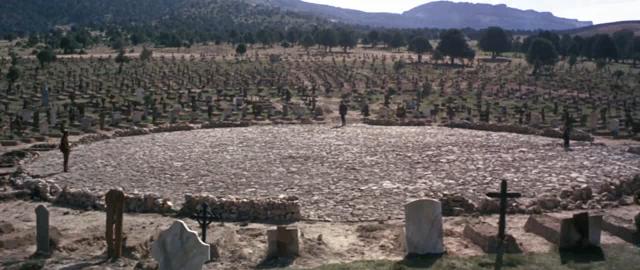In one media lesson we looked more deeply into camera angles and how they're used in film and television. As well as being able to define different types of shot; I am now also able to interpret why a particular camera angle is used and how it effects the audience.
For example, the distance from a character/object the shot is taken has many connotations. Long-shots and extreme long-shots are often used to establish a setting or more than one character in a scene, where as medium-shots, close-ups and extreme close-ups enable the audience to focus on the character/object featured in the shot; this helps to signify the emotion and further meaning of the character.
The angle at which a shot is taken also reflects the tone that a character acquires. High-angles on a character allude that the character is below the audience, making them look smaller and therefore weaker or of lower authority. Opposing this are low-angles, the audience is then looking up towards a character connoting they are of high authority and power in the shot.
As well as just the angle and length of shots, the movement of shots is also very important. Tracking shots follow an object suggesting that the audience should pay attention to it as it's important. Similarly, ariel shots follow an object but from above the object.
Tilt shots feature a stationary camera that tilts to reveal an object. This helps signify the scale/perspective of something to the audience. Furthermore the 'reveal' part of the shot is often used to shock the audience as the object is shown. Much like tilt shots, pan shots are stationary cameras that move to reveal objects. However panning moves horizontally as oppose to vertically to create suspense or represent distance.





No comments:
Post a Comment